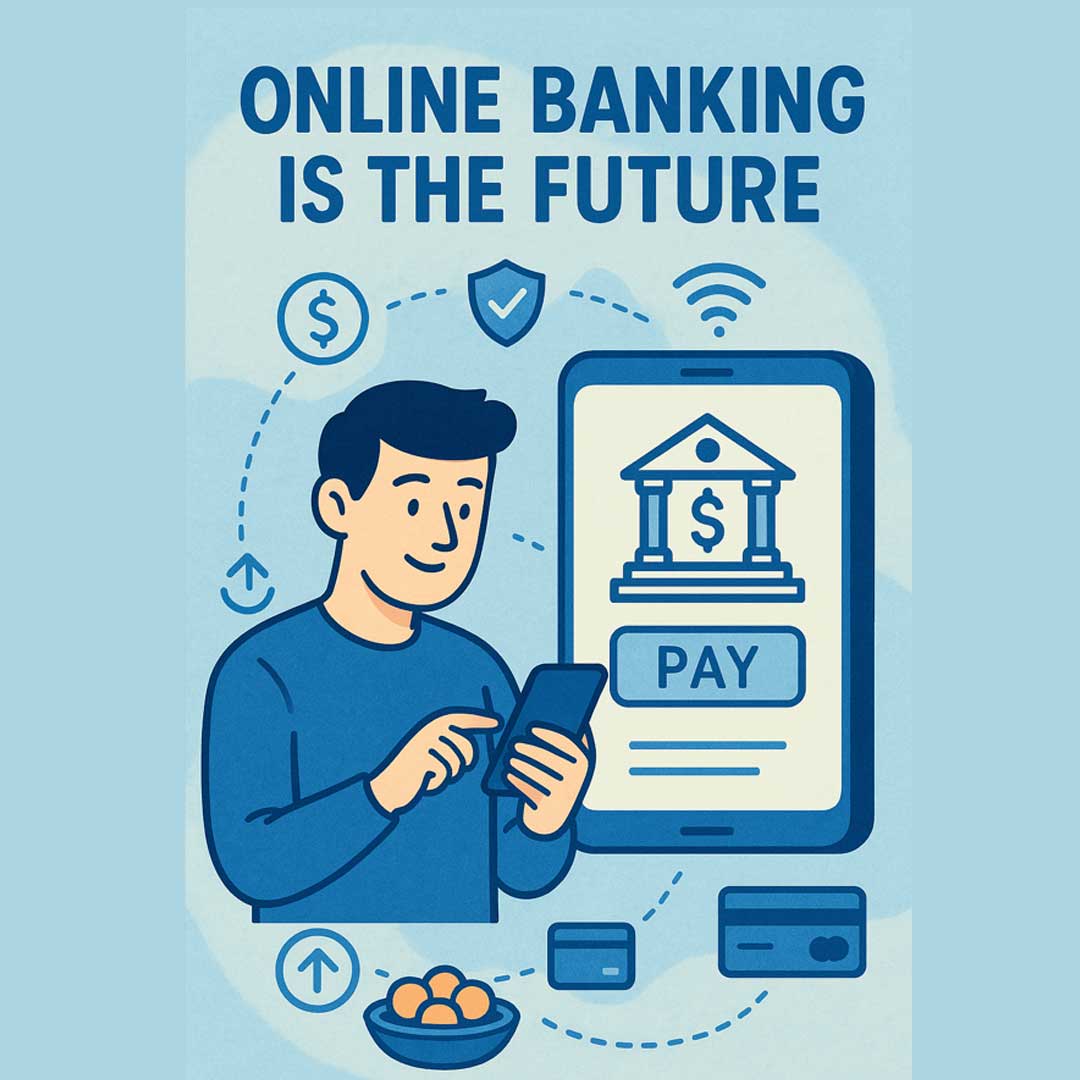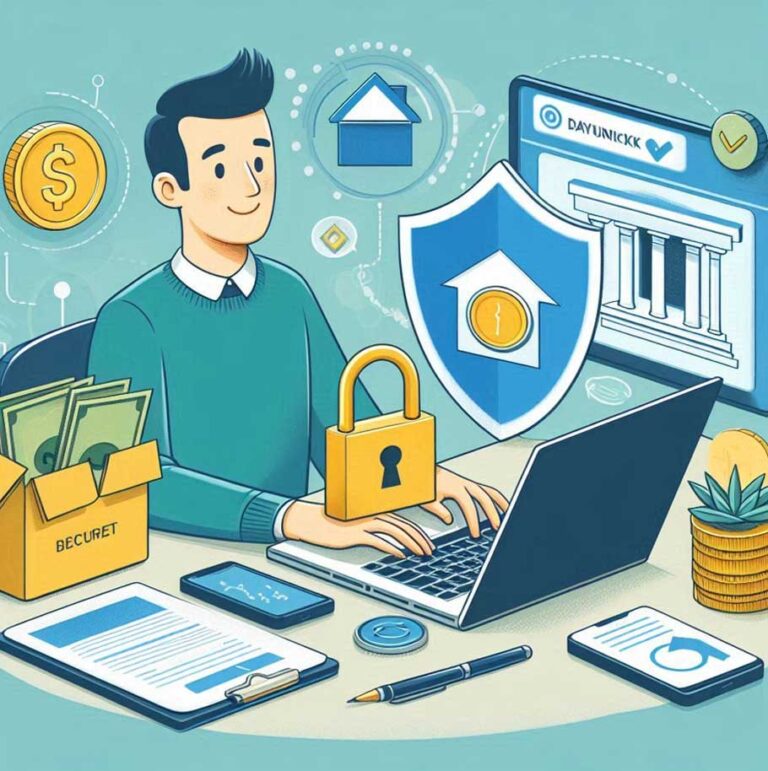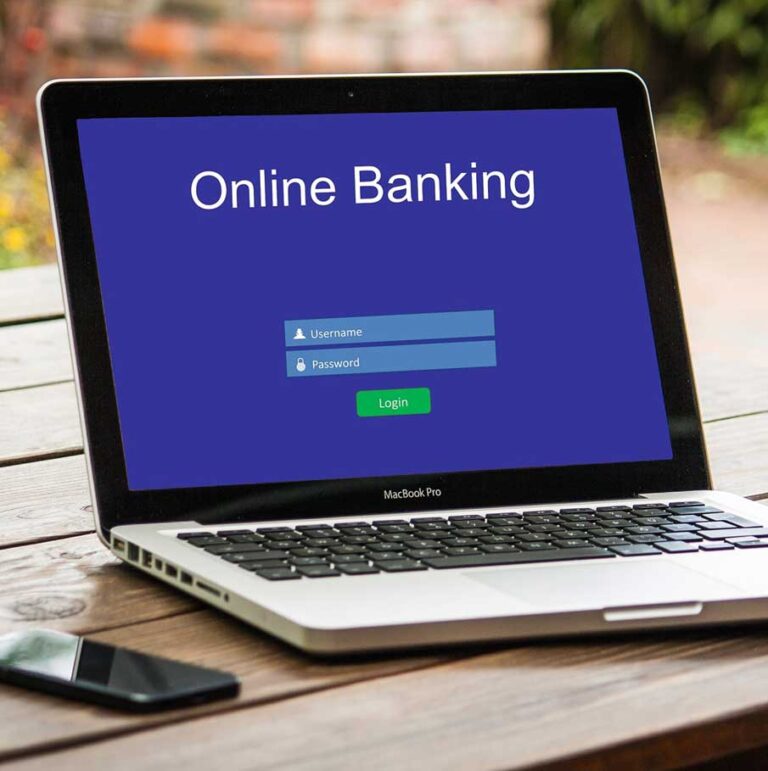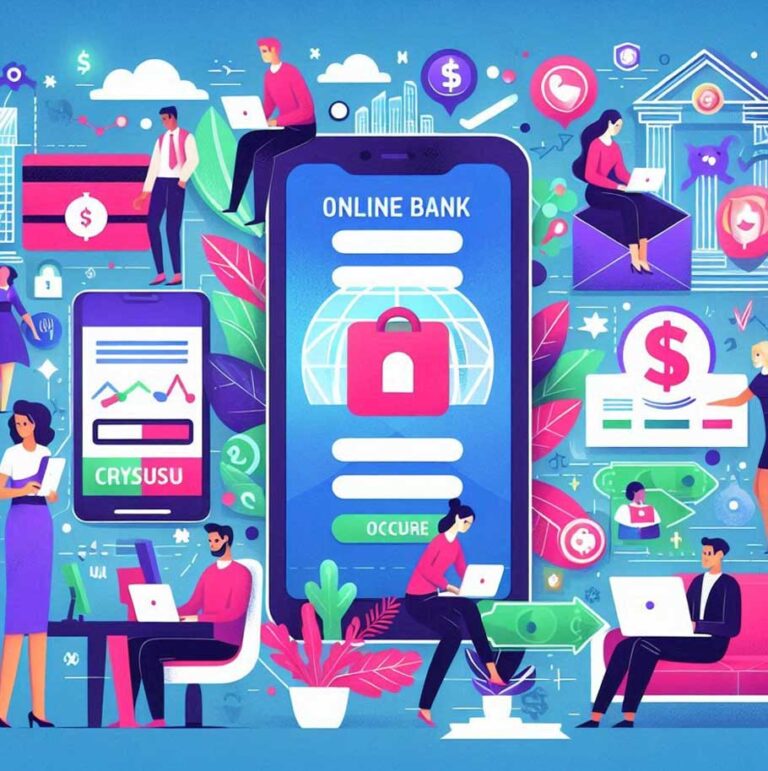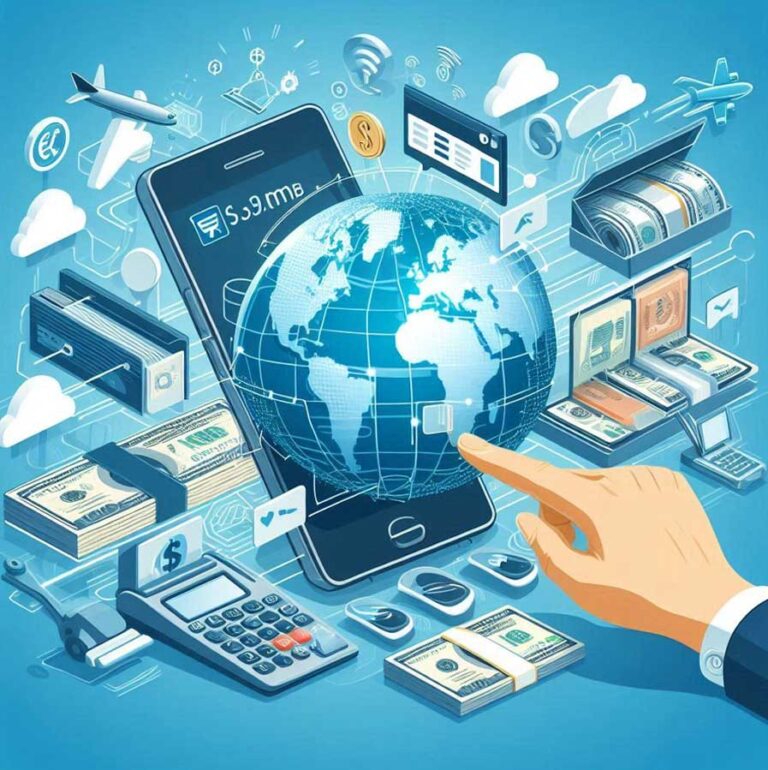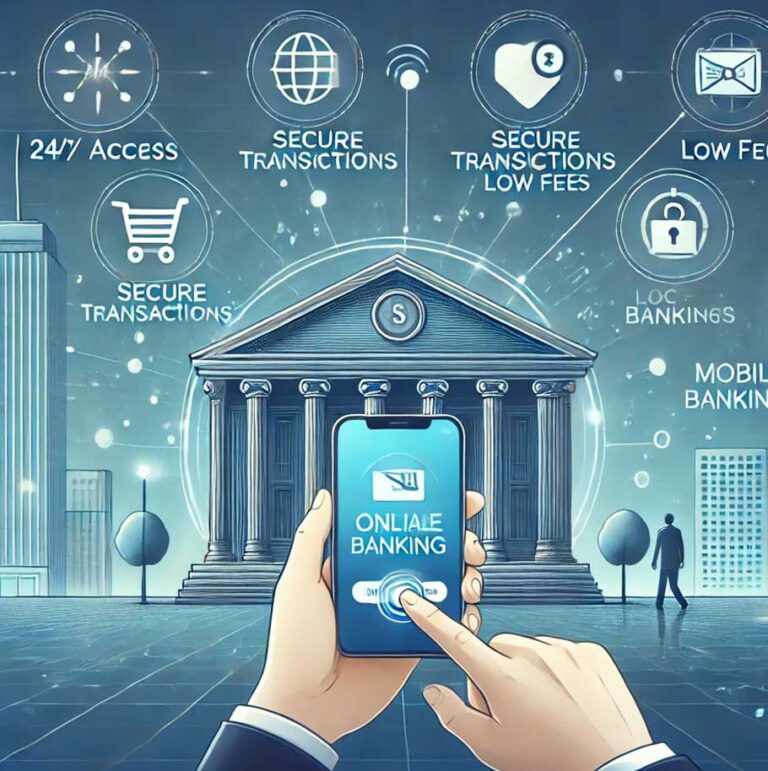Why Online Banking Is the Future: Trends to Watch in the Next Decade
In the past two decades, the banking landscape has changed dramatically. Traditional brick-and-mortar banks are no longer the only places to manage financial transactions. With the rapid advancement of technology and the rising demand for convenience, online banking has emerged as the new norm. This article explores why online banking is the future, the benefits it offers, and how it is set to transform the global financial system.
The banking industry has always been about managing money, but how we manage our money has evolved. From standing in long queues to performing real-time transactions from the palm of our hands, the shift is undeniable. Why online banking is the future lies in its ability to merge convenience, efficiency, and innovation into one seamless experience.
The Rise of Online Banking
Online banking began as a niche service offered by a few forward-thinking banks in the late 1990s. Fast forward to today, and it’s a must-have feature for financial institutions around the world. Whether through a website or a mobile app, customers now expect to:
-
Check account balances
-
Transfer funds
-
Pay bills
-
Apply for loans
-
Access 24/7 customer support
According to a 2024 Statista report, over 2.5 billion people worldwide use online banking, and that number is growing rapidly.
Key Advantages of Online Banking
a. Unmatched Convenience
Online banking lets users access their accounts anytime, anywhere. There’s no need to wait in lines or follow bank hours. Whether you’re traveling or working remotely, you can manage your finances with ease.
b. Speed and Efficiency
Online transactions are instant. Transferring money, paying bills, or checking your account balance takes only a few taps or clicks. This efficiency is a major reason why online banking is the future.
c. Lower Operational Costs
Online banking reduces the need for physical infrastructure. Fewer branches and reduced manual processes mean lower overhead costs for banks, which often translates into lower fees and better interest rates for customers.
d. Eco-Friendly Banking
Digital banking reduces paper waste, energy consumption, and transportation emissions. As the world becomes more environmentally conscious, online banking supports sustainability goals.
Technology Driving the Future of Banking
The backbone of online banking is cutting-edge technology. Here are a few tech trends shaping the future:
a. Artificial Intelligence (AI)
AI is transforming customer service via chatbots, fraud detection through pattern recognition, and personalized financial advice based on spending habits.
b. Blockchain Technology
Blockchain ensures secure, transparent, and tamper-proof transactions. It is expected to revolutionize everything from cross-border payments to loan approvals.
c. Cloud Computing
Banks are moving their infrastructure to the cloud for scalability, security, and cost-effectiveness, further enabling seamless digital services.
Mobile Banking and App-Based Services
With smartphone penetration increasing globally, mobile banking apps are leading the digital banking revolution. According to McKinsey, over 70% of banking interactions are now done via mobile devices.
a. Features of Modern Mobile Banking Apps
-
Biometric login (fingerprint/face ID)
-
Real-time transaction alerts
-
Budgeting tools
-
QR code-based payments
-
Credit score monitoring
b. Why Mobile Banking Appeals to Younger Generations
Millennials and Gen Z expect instant access and digital convenience. Their trust and reliance on mobile apps prove why online banking is the future for upcoming generations.
Fintech Partnerships and Innovations
Banks are collaborating with fintech startups to deliver faster, smarter, and more user-friendly financial products. This symbiotic relationship has birthed:
-
Peer-to-peer lending platforms
-
Robo-advisors for investment
-
Digital wallets like Apple Pay and Google Pay
-
Micro-investing apps
These innovations break down traditional banking barriers and offer customers more personalized services.
Security and Trust in the Digital Banking Space
A common concern is whether online banking is safe. Fortunately, security protocols have become extremely advanced.
a. Security Features in Online Banking
-
End-to-end encryption
-
Multi-factor authentication (MFA)
-
Real-time fraud monitoring
-
Transaction notifications
b. Building Trust with Customers
Banks continually invest in cybersecurity to gain customer trust. Transparent policies, educational resources, and dedicated fraud teams help reassure users.
Challenges to Online Banking
Despite its advantages, online banking faces challenges:
a. Cyber Threats
Hackers target digital platforms, so banks must stay ahead with robust cybersecurity.
b. Digital Divide
In some regions, limited internet access or digital illiteracy restricts users from benefiting from online banking.
c. Regulatory Hurdles
Constantly changing regulations can slow down the adoption of new technologies and services.
Online-Only Banks: A Game Changer
Also known as neobanks or digital-only banks, these institutions operate without any physical branches. Examples include Chime, N26, and Monzo.
a. Benefits of Online-Only Banks
-
Lower fees due to reduced overhead
-
Modern, user-friendly apps
-
Quick account setup and access
-
AI-powered savings and investment features
These banks are setting benchmarks for why online banking is the future.
Future Trends in Online Banking
a. Hyper-Personalization
AI will allow banks to offer tailor-made products based on individual user behavior, financial goals, and preferences.
b. Voice-Activated Banking
Voice assistants like Alexa and Google Assistant may soon allow users to perform banking tasks using voice commands.
c. Embedded Finance
Online banking will integrate with e-commerce, social media, and lifestyle apps to offer seamless payments and financial services.
d. Decentralized Finance (DeFi)
DeFi will allow users to lend, borrow, and trade financial assets without traditional intermediaries, reshaping the entire financial system.
Why Online Banking Is the Future: Final Thoughts
In an increasingly digital world, online banking isn’t just a trend — it’s the inevitable future of finance. As banks integrate advanced technologies and tailor their services to digital-savvy customers, the advantages of online banking will only grow. From convenience and cost savings to enhanced security and personalization, the digital transformation of banking is here to stay.
Embracing this shift is not just about keeping up — it’s about staying ahead. Whether you’re a customer looking for convenience or a bank aiming for growth, understanding why online banking is the future is essential to navigating the modern financial landscape.
FAQs on Online Banking
Q1. Is online banking safe?
Yes, modern banks use encryption, two-factor authentication, and fraud monitoring systems to protect your data.
Q2. Can I use online banking internationally?
Most banks offer international services, but availability may depend on the country and banking regulations.
Q3. What is a neobank?
A neobank is a digital-only bank that operates without physical branches, offering all services online or via app.
Q4. Will online banking replace traditional banking?
While physical branches may still exist, the majority of transactions are moving online, indicating a major shift

